TW: mentions of SA in the 'Rake in Reality’ section
Perhaps the most beloved historical romance trope of all is the reformation of a rake. When the heroine does what few of us in the real world can: change him. The rake is the quintessential badboy of regency romance. He eschews the marriage mart, keeps a mistress, and wastes his time away gambling and imbibing at his gentlemen’s club. But, and this is important, he is usually very handsome and sometimes rich. The fictional rake is misunderstood and has forgivable reasons for his bad behavior (usually he’s just a product of his aristocratic childhood), whereas the historical rake is far less endearing. Several generations of young English noblemen became dissolute characters not nearly as easy to redeem on the page. Their actions ranged from admittedly amusing to downright sinister. So in this week’s edition of my favorite game, Reality vs. Romance, we will compare the fictional rake created by women and the historical rake created by a patriarchal hierarchical society. And away we go!
What is a Rake?
Rake. A loose, disorderly, vicious, wild, gay, thoughtless fellow; a man addicted to pleasure. (Dr Johnson’s Dictionary, 1755)1
Modern Definition: Oxford English Dictionary
noun: rake; plural noun: rakes
a fashionable or wealthy man of dissolute or promiscuous habits.
"a merry Restoration rake"from ‘rakehell’, first used in 1560
Synonyms:
libertine, playboy, profligate, degenerate
Known hobbies:
womanizing, alcohol, gambling, satire
The Romance Rake
There are as many variations of the rake trope as there are stars in the sky—or scandals in Regency-era ballrooms. The appeal of the rake is not difficult to unpack. Like any classic bad boy archetype, he’s dangerous, maybe even forbidden, and pursuing a relationship with him feels thrillingly rebellious.
What sets the rake apart, however, is that he discovers something uniquely captivating in the heroine—something that makes him want to change his roguish ways. This, of course, makes the heroine feel special. But let’s be clear: the heroine is no pushover. It takes wit and backbone to go toe-to-toe with a rake.
Often, authors layer the rake trope with an opposites-attract dynamic. Think of it as the historical romance equivalent of a ’90s romcom: the bad boy and the good girl meet, clash, and ultimately fall in love. It’s A Walk to Remember—but with a happily-ever-after ending and maybe a bit more illicit kisses in moonlit gardens.
Classic Tropes
The Rake and the Debutante
Debutantes were incredibly sheltered before marriage. Unlike today, when women’s sexuality is celebrated universally, any hint of impropriety could ruin a debutante’s entire worth on the marriage market. This "opposites attract" dynamic creates space for the heroine to discover her sexuality—and, in certain situations, descend into rakehood herself.
If you are looking for stories about debutantes that turned out to be more than a rake bargained for read:
The Rake and the Wallflower
The Rake and the Wallflower occupy opposite ends of the social hierarchy. While rakes are the cool, devil-may-care jocks, wallflowers are the overlooked bookworm. It’s no coincidence that the term works just as well in regency ballroom as it does at 2025 at a school dance. This dynamic encompasses a number of tropes: marriage of convenience, forced marriage, ugly duckling, and more.
The Rake and the Spinster
By now, you’ve likely caught onto the theme: rakes are most often felled by women society deems “lesser.” And what could be worse than an unmarried woman over the age of twenty-five? (Shudder.) The dynamic between the rake and the spinster not only highlights society’s double standards but also creates a sense of freedom for the heroine, who has already fallen outside societal expectations.
The Rake in Reality
The Restoration Rake
Our story begins in the Restoration Period, when Charles II returned from exile following the reinstatement of the monarchy in 1660. He understandably turned his focus to amusement and merrymaking after years of civil war and seeing his father beheaded — bit of a wet blanket.
Unlike some of the characters to follow, Charles was known for his good temper and forgiving nature. This forgiving nature is well documented considering he had terrible taste in friends. He was also infamous for his robust sexual appetite, boasting thirteen known mistresses and twelve children among them. Ever the indulgent father, he acknowledged all his children and even granted dukedoms to two of his mistresses—much to the frustration of taxpayers.
Loyal followers who supported Charles during his exile were handsomely rewarded at court, where the hedonistic lifestyle of sex and drink reigned supreme. These dissolute companions became known as his "Merry Band." Among them were figures like the Duke of Buckingham and the Earl of Rochester, who, unlike Charles, were infamous for their cruelty.2 Whether directed at women—since consent was often disregarded by noblemen—or at friends through scathing satire meant to humiliate, their behavior cast a dark shadow over their revelry.
Charles himself was no stranger to his companions' antics. He frequently invited and dismissed his friends to and from court due to their behavior and his boredom respectively. During this period the rake was defined through excessive drink, spiteful wit, undiscerning sexual relationships, and unrestrained gambling.
The Hellfire Club
The first Hellfire Club was established in London by the Duke of Wharton in 1718. While this particular club isn’t especially relevant to our story, it’s worth noting that one of its members, Francis Dashwood, later founded the Order of the Knights of St. Francis. This group, known in later generations as the Hellfire Club, became far more infamous.
The club set up its headquarters at Medmenham Abbey, where they undertook extensive renovations—including the construction of tunnels and caves dug into a nearby hill. Over the entrance to their secretive domain, they inscribed their motto: “Fais ce que tu voudras”—“Do what you want.” The abbey was adorned with pagan imagery and overt phallic symbolism (pretty much the same decor of every male only club I know.3)
The club’s activities were nothing short of scandalous. They delighted in subverting Christian ceremonies—once going so far as to give communion to a baboon—while also hosting orgies that included female friends and family (as well as hired entertainers to round the numbers). Members also indulged in writing obscene letters and essays such as An Essay on Woman.
The Hellfire Club wasn’t a mere gathering of society’s fringe, either. At various times, attendees included members of the royal family, parliament, and the judiciary, all mingling in the shadowy halls of Medmenham Abbey.
The Regency Rake
Unlike the Restoration Rake, the Regency Rake was defined by the head of state. George IV, the Prince Regent, was one of the most profligate, degenerate monarchs in English history—no mean feat.
Like other rakes, George IV was a womanizer, drinker, prolific gambler, and general POS. Unlike Charles, however, he was a terrible friend—going so far as to take a friend’s mother as his mistress. George was deeply unpopular due to his excessive debts, which totaled a staggering £82,215,000 in today’s currency. Unsurprisingly, considering this money was spent on palace remodeling, whoring, and horses, Parliament was not amused. While some argue that King Edward VII displayed rakish tendencies, it is generally agreed that George IV was the final true rake, as Victorian morals soon made the lifestyle socially unsustainable.
Keep an eye out for the next installment on rakes—the elusive ‘Lady Rake.’
Read The Fly Club




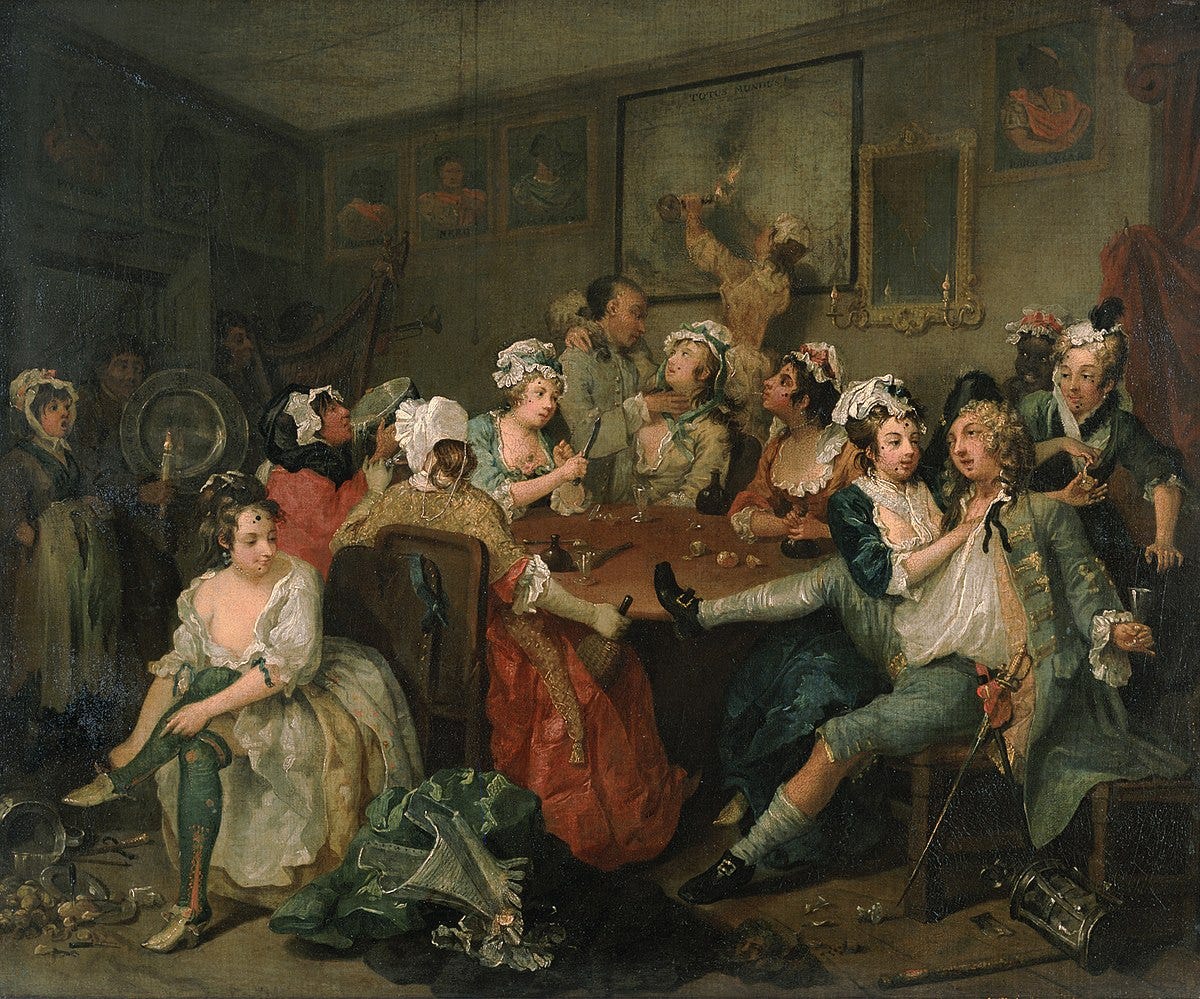

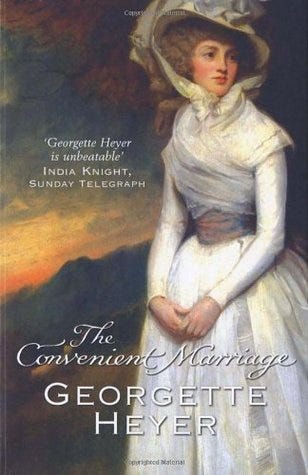
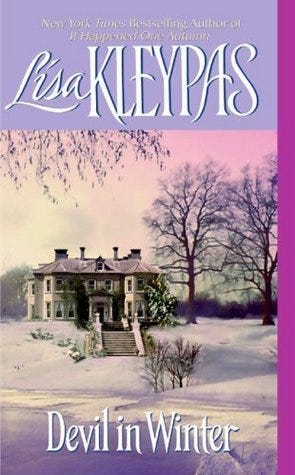
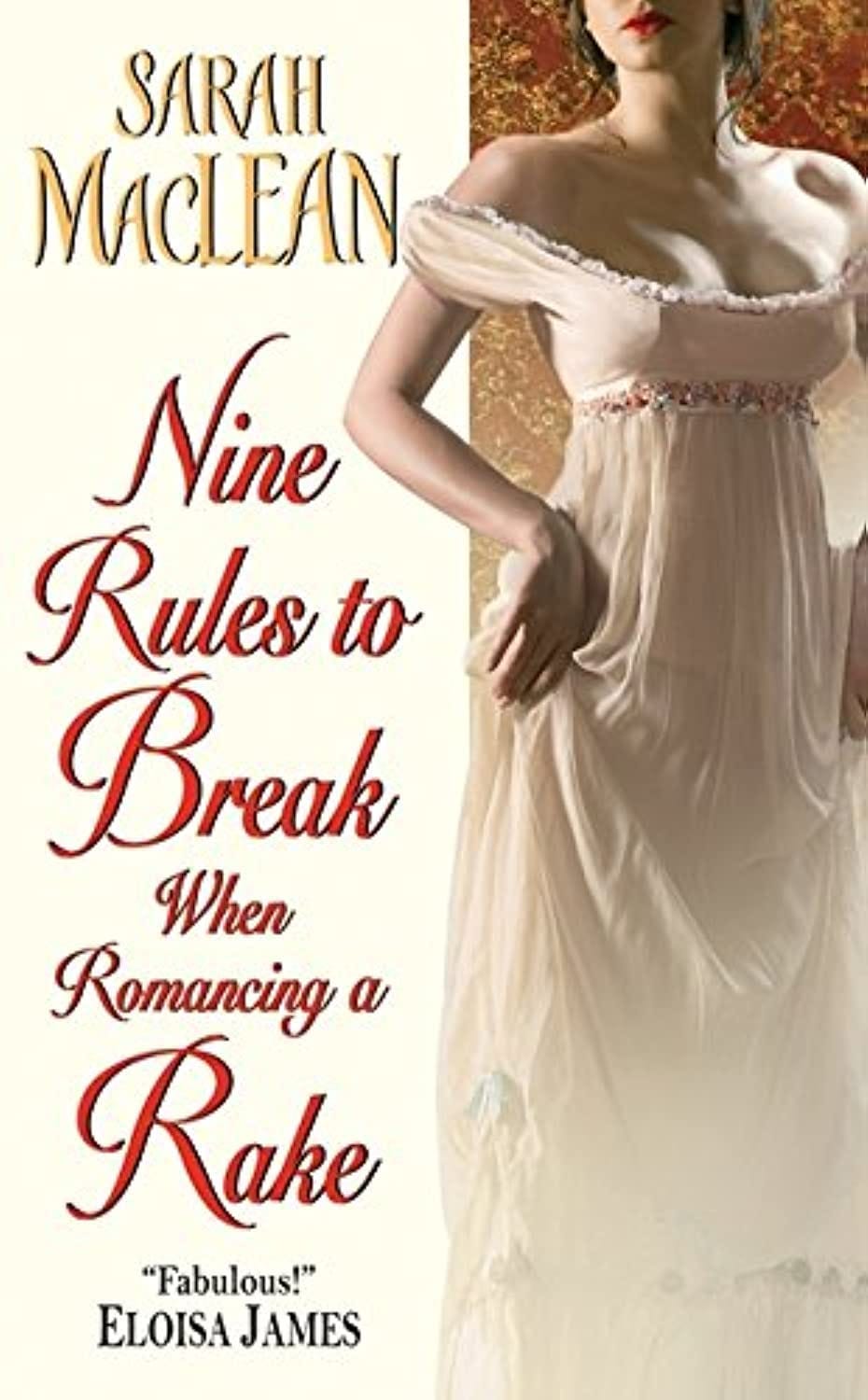
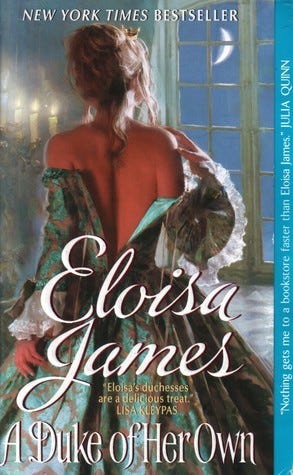
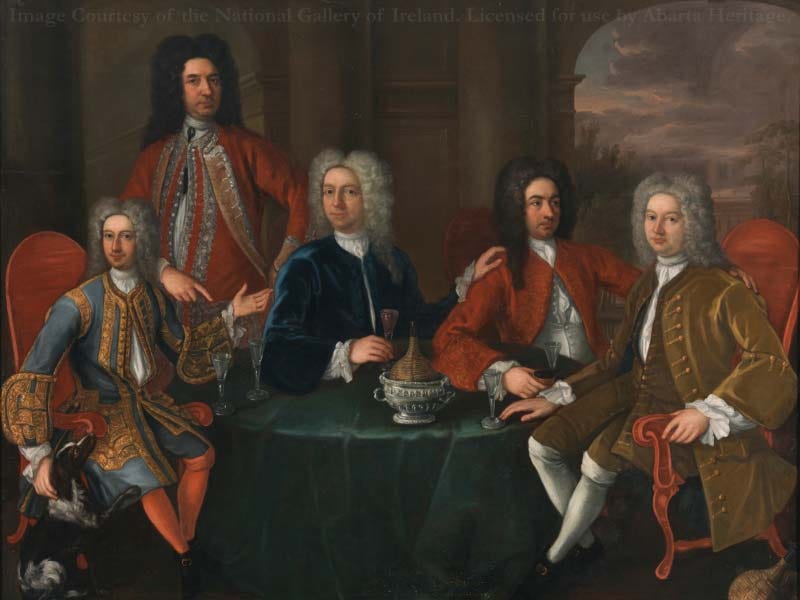
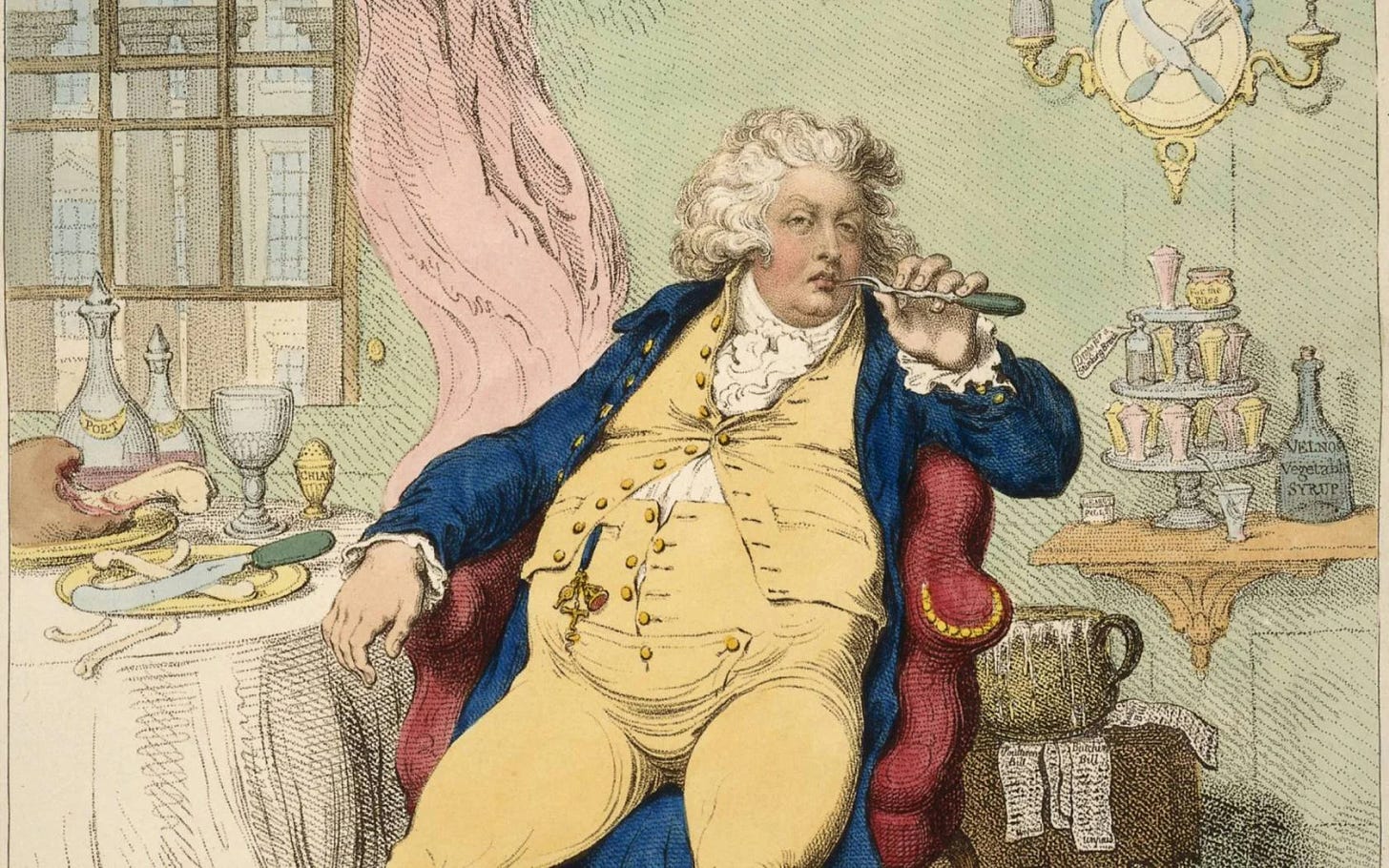
Great content! I admit I love the ‘rake’ trope in historical fiction, but I know it’s far from reality. Books always make things seem more romantic.